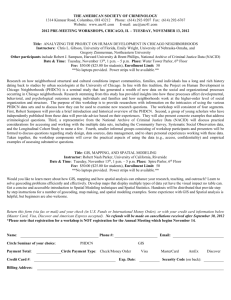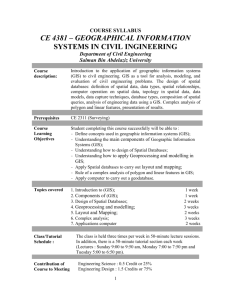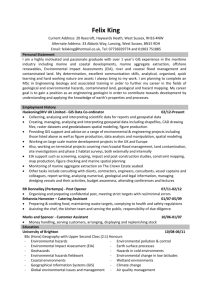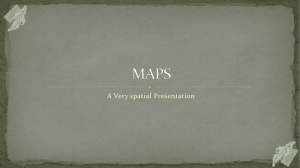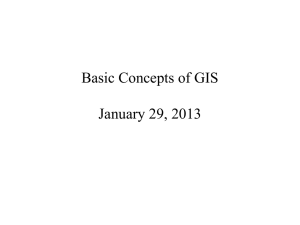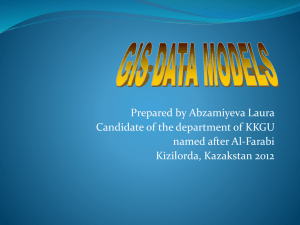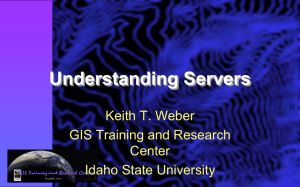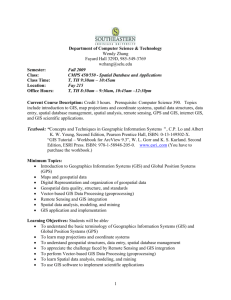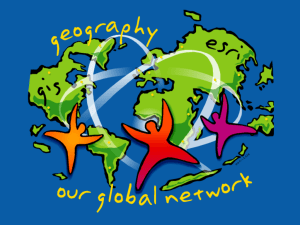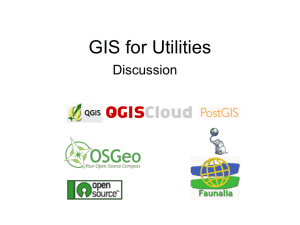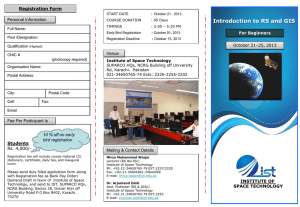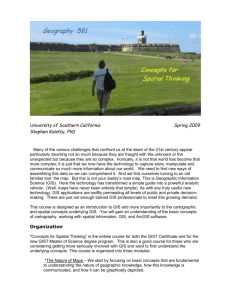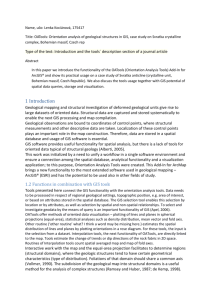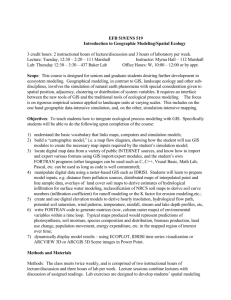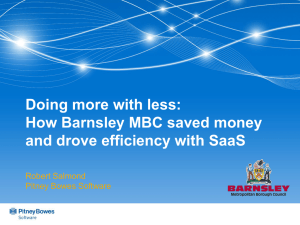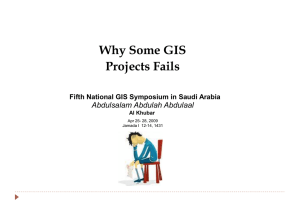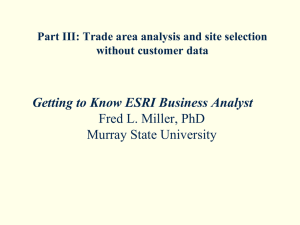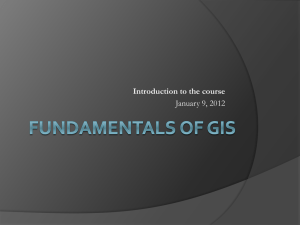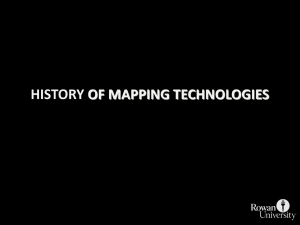A picture is worth a thousand words: Using GIS to motivate and
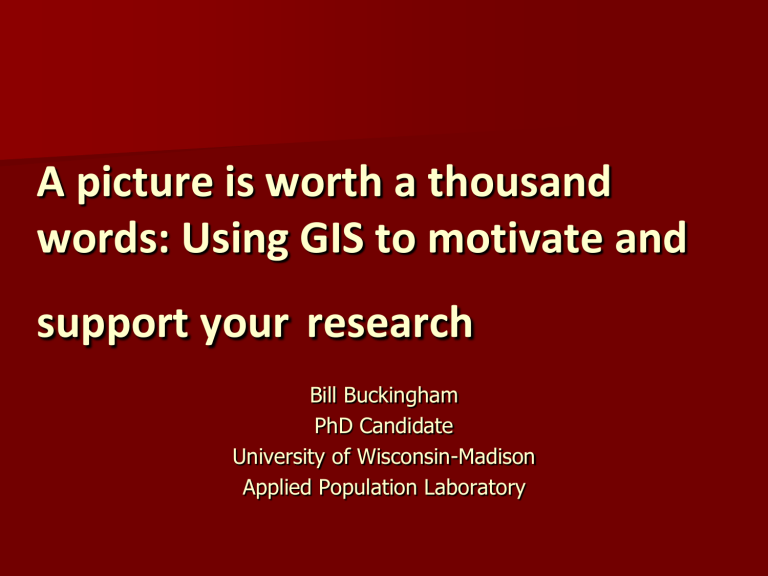
A picture is worth a thousand words: Using GIS to motivate and support your research
Bill Buckingham
PhD Candidate
University of Wisconsin-Madison
Applied Population Laboratory
Actually….
If a picture is worth a thousand words…then a map is worth a thousand pictures…
“Maps are like milk: their information is
perishable, and it is wise to check the date.”
-Mark Monmonier
Let talk about Health and GIS…
GIS and Health
Determine Geographic Distribution of
Disease
Analyze Spatial and Temporal Trends
Map Populations at Risk
Assess Resource Allocation
Plan and Target Interventions
Monitor diseases and interventions over time
GIS Techniques for Health
Geocoding
Interpolation
Integration of Multiple Spatial Variables
Network Analysis to characterize access to assets and exposure to risk
MAPS!
Geography and Health
It’s Not Just GIS
Visualization and Maps
Google (esp. Google Maps!)
– Google Flu Trends
( http://www.google.org/flutrends )
Safe Routes
Patient Analysis
Patient Analysis
Participatory Photo Mapping
Geographic Sample Frame
Production for Health Research
Big Issues in GIS and Health
Geocoding, Privacy and Human Subjects
– Geocoding is too fine for public presentation
– Aggregate these data to the smallest possible unit
– Mask data for display
Geocoding – What is it exactly?
A Case Study application in
Public Health
Questions before we start down this aside?
Can Qualitative Spatial
Representations help unwrap the multi-layered puzzle?
But where does our target population reside?
Geocoded Births from 1990-2009
Calculation of Index of Deprivation after
Messer et al(2006)
Principle Components Analysis of eight
Census Variables:
Variables
Percent of Population in Crowded Housing
Percent of Pop with Management Positions
(protective)
Percent of Pop with a less than HS
Education
Percent of Pop making less than $30,000
Percent in Poverty
Percent using Public Assistance
Percent Unemployed
Does the map make sense?
Variables
Percent of Population in Crowded Housing
Percent of Pop with Management Positions
(protective)
Percent of Pop with a less than HS
Education
Percent of Pop making less than $30,000
Percent in Poverty
Percent using Public Assistance
Percent Unemployed
How do we acquire data and what do we do once we have captured these data?
Construction of a New Spatial Medium.
– Enables capture through lightweight web interface.
– Targets specific queries
– Allows for free-form entry as well
– Needs to load at the public library
System Goals
Lightweight spatial data capture
Analysis tools – Qualitative Coding (after
GT)
Simple Web-based Visualization
Export to shapefile for spatial statistics or
GIS analysis (quantitative)
GIS and Health
Diverse
Many ways GIS can interface with Health
Data
Opportunities abound!
What about GIS and Pharmacy?
“Maps are like milk: their information is
perishable, and it is wise to check the date.”
-Mark Monmonier
